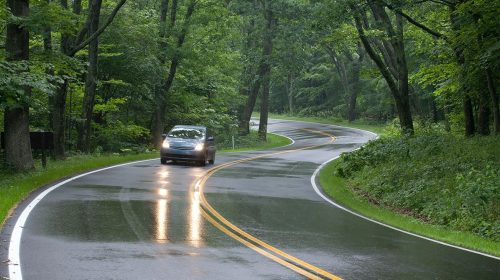What Exactly is Antilock Brakes in a Car? ABS stands for Antilock Braking System (antilock brakes). This system prevents your brakes from locking up, providing better control while braking. by Mr. Nelson | January 27, 2022 Antilock Braking System Overview ABS brakes do what the name implies – they keep your brakes from locking up […]
You are browsing archives for
